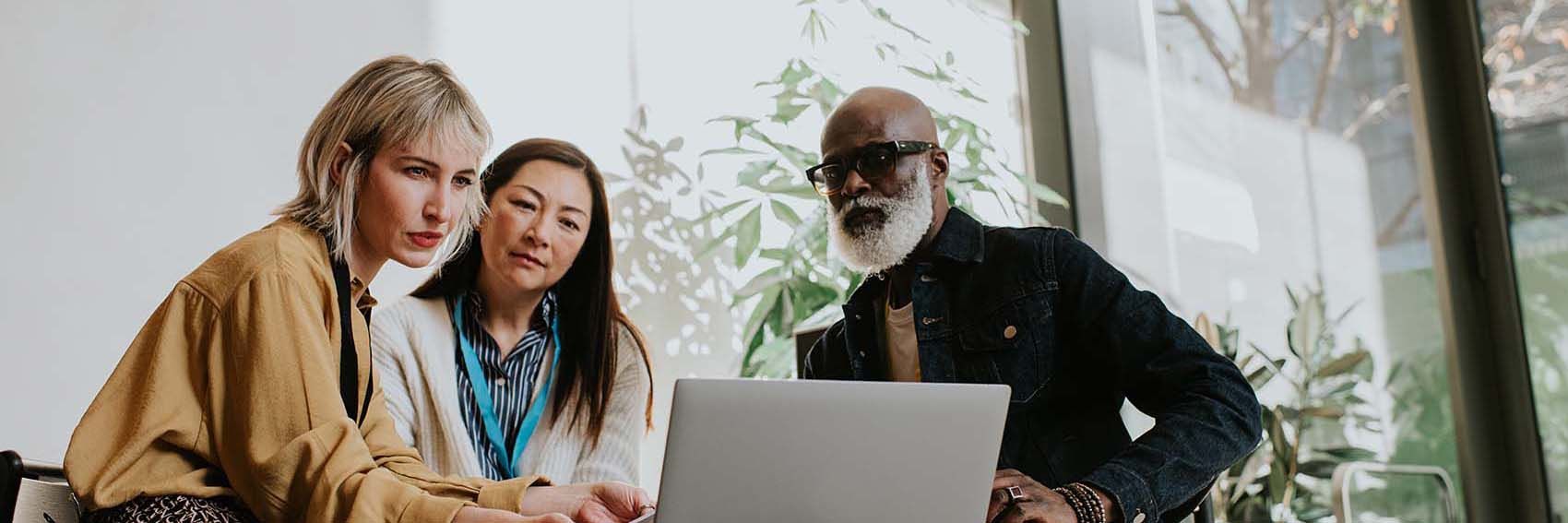
Guide to Giving
Our 12-chapter ‘Guide to Giving’ features inspirational case studies and key concepts to help you navigate the world of modern philanthropy.

26 February 2024
Please note: This article does not constitute advice. Barclays Private Bank does not endorse any of the companies or individuals referenced in this article.
While philanthropists have the privilege to drive positive change, this position also carries immense responsibility.
It’s therefore important that donors hold themselves to high standards. Often, this involves self-reflection, asking difficult questions and being willing to listen to the perspectives of others.
However challenging this may be, it is important work – particularly if you seek to collaborate with others to create meaningful and lasting social change.
A frequent challenge to philanthropy is that it lacks accountability and transparency, and places disproportionate influence in the hands of a few wealthy individuals. In recent years, however, there has been a shift towards more open practices. These are seen as particularly important within a democratic society.
In many jurisdictions, individuals or foundations receive tax incentives for their philanthropy. This creates an explicit or implicit obligation to prove that they are providing a benefit to society.
There is also an opportunity to go beyond basic requirements to show how philanthropy meets the needs of those it serves. Even without tax incentives, many societies expect some level of information to be available to the public. Examples of the information philanthropists may be expected to share include (but are not limited to) context on decision-making and information on hiring.
More open philanthropy has many benefits, including increased data on where philanthropic funds are directed, and enabling others to take more informed approaches. For some, however, the desire for privacy may override external calls for public disclosure, leading them to communicate very little with the outside world.
There are no simple answers when deciding how open you should be with your giving. However, you may wish to consider the following:
Many of us are familiar with the term ‘equality’, which is about ensuring individuals across society have access to the same opportunities. The term ‘equity’ recognises that all individuals start from different places. What it will take to create equality is, therefore, different.
Given the privileged access that donors have to opportunities and resources, many feel that it is imperative that philanthropy works towards greater social equity.
If you are interested in this issue, consider these practices:
See our chapter How donors can turn plans into action for more on power dynamics in philanthropy.
Diversity and inclusion are the practices of providing opportunities for a broad mix of people and including a range of perspectives, ideas and experiences in philanthropic decision-making. Consciously celebrating difference and appreciating respectful challenge can inform ideas, build trust and help to develop comprehensive insights, grounded in real-world experience.
This really matters in philanthropy.
Taking this approach can help to ensure sound giving choices, relevance of solutions, and the avoidance of blind spots. These can occur when people making decisions are removed from the reality of those affected by them.
Some questions to consider include:
Soliciting a diverse range of perspectives may seem time-consuming. However, this needs to be weighed against the potential cost of missing a vital piece of the puzzle. When you gather information thoughtfully, with respect and an open mind, your decisions often gain wider buy-in. Such buy-in may be essential to achieving your goals.
As accountability, equity and inclusion are extremely complex topics, it would not be possible to cover them in great detail within this Guide. However, other valuable resources and examples are available if you would like to learn more.
Lily Lewis, founder and Managing Director of grant-giving organisation The Pocressi Initiative, discusses her efforts to embed accountability into her philanthropy. She is a trained psychotherapist and much of her work focuses on addiction and youth violence.
Holding myself accountable and constantly questioning my privilege are the most effective ways that I can have an impact with my grant-making.
By following these five rules, I believe I can help bring the right people to the decision-making table.
Find unlikely advisers/board members with diverse perspectives
The best advisers I have found are community leaders, policy changers and researchers. Find that brilliant, unlikely person who has lived experience of the issue you want to address.
Ask them to recommend what you should be funding and who else you should be meeting. If these people aren’t pointing out your bad practices, you aren’t getting opportunities to do better.
Redefine fulfilment
Often, the areas we seek to fund are linked to personal experience. We unconsciously look for the approval of advisers/charities to validate our ideas.
Contributing to sustainable change doesn’t always feel fulfilling. It often means giving unrestricted grants and stepping back. You don’t usually ‘see’ returns within the first few years. Work hard to let your grantees know you’re here to stay.
Build an accountability community
Learning about the complexity of the areas you seek to change can be draining. Creating accountability check-ins with other philanthropists can help ensure you are doing the things you set out to do.
The most meaningful spaces I have found are those where I have been able to reflect on my relationship with privilege and power. The more time I put into this journey, the better placed I am to make decisions on how to use my position.
The most underfunded issue is structural and systematic racism. Black people and people of colour, especially women, disabled people and trans people, are most at risk of experiencing disadvantage and poverty. The statistics speak for themselves1.
As a funder (who is also white), I must work through a racial justice lens if I want to have the biggest impact. At least 80% of my charity partners have a majority non-white leadership team.
Set an amount you will give away per year and stick to it
You will make mistakes and partnerships won’t work out. The more time, however, you invest in your own learning, the more impactful your support and grants will be. Good practice takes time and messiness.

Our 12-chapter ‘Guide to Giving’ features inspirational case studies and key concepts to help you navigate the world of modern philanthropy.
This communication is general in nature and provided for information/educational purposes only. It does not take into account any specific investment objectives, the financial situation or particular needs of any particular person. It is not intended for distribution, publication, or use in any jurisdiction where such distribution, publication, or use would be unlawful, nor is it aimed at any person or entity to whom it would be unlawful for them to access.
This communication has been prepared by Barclays Private Bank (Barclays) and references to Barclays includes any entity within the Barclays group of companies.
This communication:
(I) is not research nor a product of the Barclays Research department. Any views expressed in these materials may differ from those of the Barclays Research department. All opinions and estimates are given as of the date of the materials and are subject to change. Barclays is not obliged to inform recipients of these materials of any change to such opinions or estimates;
(ii) is not an offer, an invitation or a recommendation to enter into any product or service and does not constitute a solicitation to buy or sell securities, investment advice or a personal recommendation;
(iii) is confidential and no part may be reproduced, distributed or transmitted without the prior written permission of Barclays; and
(iv) has not been reviewed or approved by any regulatory authority.
Any past or simulated past performance including back-testing, modelling or scenario analysis, or future projections contained in this communication is no indication as to future performance. No representation is made as to the accuracy of the assumptions made in this communication, or completeness of, any modelling, scenario analysis or back-testing. The value of any investment may also fluctuate as a result of market changes.
Where information in this communication has been obtained from third party sources, we believe those sources to be reliable but we do not guarantee the information’s accuracy and you should note that it may be incomplete or condensed.
Neither Barclays nor any of its directors, officers, employees, representatives or agents, accepts any liability whatsoever for any direct, indirect or consequential losses (in contract, tort or otherwise) arising from the use of this communication or its contents or reliance on the information contained herein, except to the extent this would be prohibited by law or regulation.